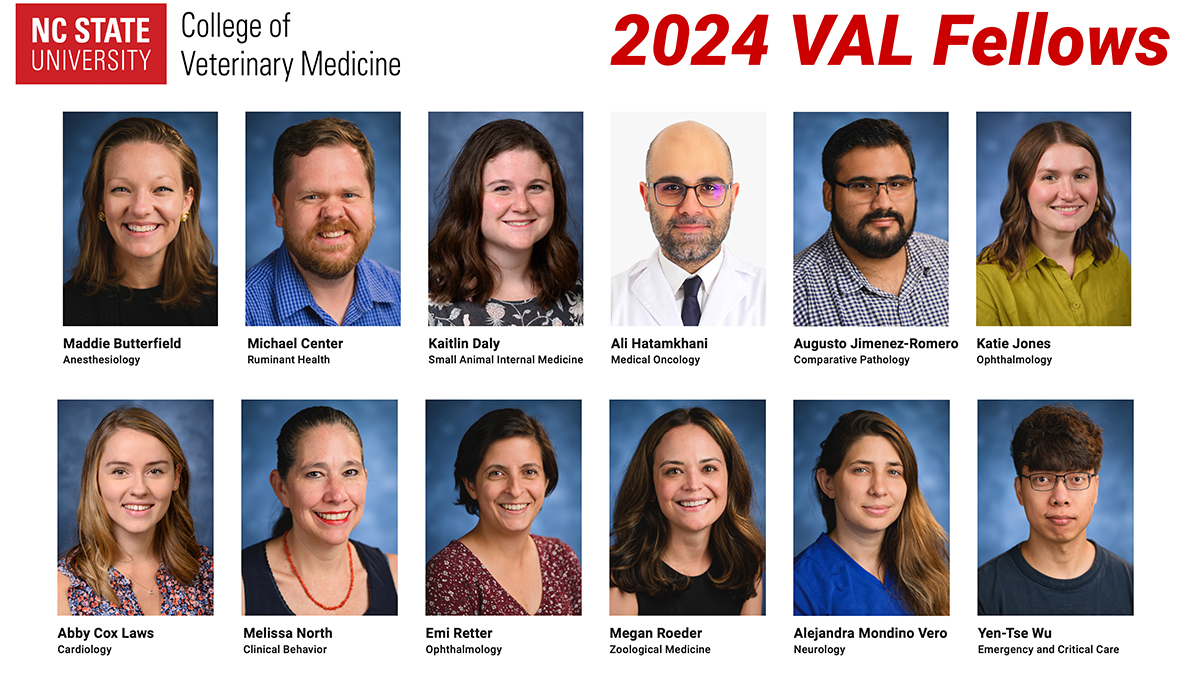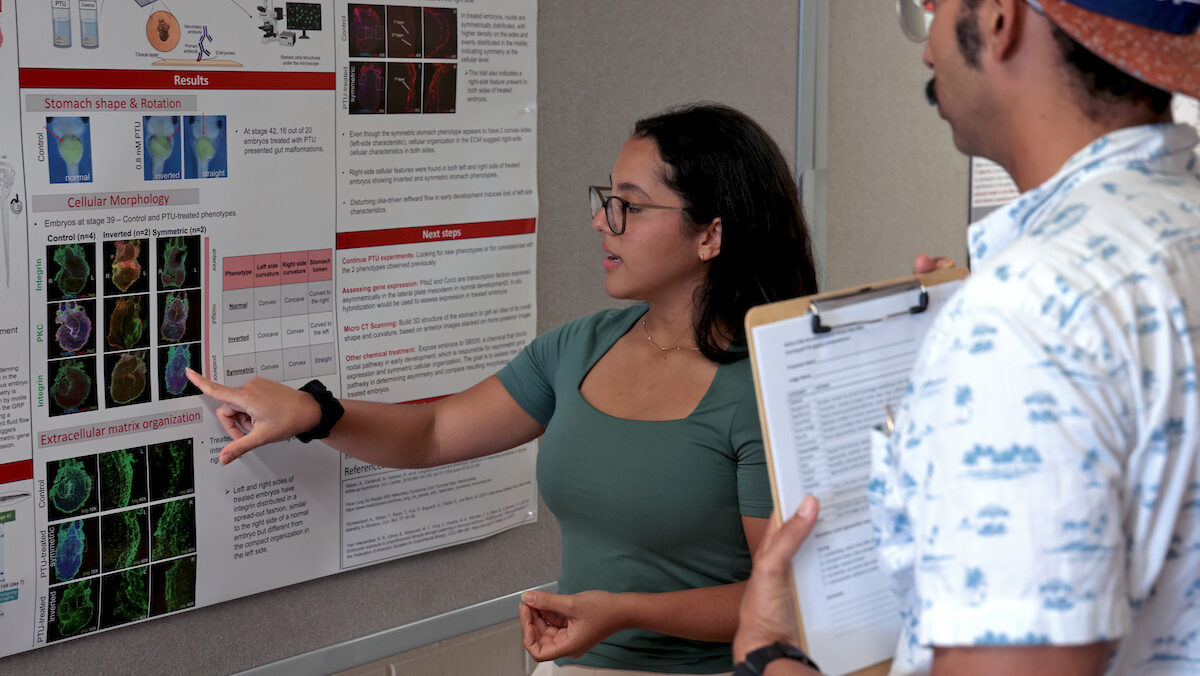CVM Researchers Study Migration of Nanoparticles
Tiny, engineered nanomaterials can already be found in many consumer products, and have been hailed as having widespread future uses in areas ranging from medicine to industrial processes. However, little is known about what happens if these nanomaterials get into your body – where do they go? NC State University researchers at the College of Veterinary Medicine (CVM) are working to answer that question under a grant from the National Institutes of Health (NIH).
 “There has been a great deal of research into the use of manufactured carbon nanomaterials in various products, but there are still a lot of questions about how these materials will interact with biological systems,” says Dr. Nancy Monteiro-Riviere, a professor of investigative dermatology and toxicology at the CVM Center for Chemical Toxicology Research and Pharmacokinetics and lead investigator of the study. “There is a crucial need to understand how these manufactured carbon nanomaterials will act once they are in the body – particularly where environmental or occupational exposure can occur.”
“There has been a great deal of research into the use of manufactured carbon nanomaterials in various products, but there are still a lot of questions about how these materials will interact with biological systems,” says Dr. Nancy Monteiro-Riviere, a professor of investigative dermatology and toxicology at the CVM Center for Chemical Toxicology Research and Pharmacokinetics and lead investigator of the study. “There is a crucial need to understand how these manufactured carbon nanomaterials will act once they are in the body – particularly where environmental or occupational exposure can occur.”
The two-year research project, which is being funded by NIH at approximately $658,000, has several specific goals. First, the researchers will determine how and whether the size and surface charge of four fullerenes – or specifically shaped carbon nanoparticles – effects how the fullerenes interact with the body. “Our hypothesis is that the size and charge of these fullerenes will dictate how the nanoparticles are absorbed by the body, how they are distributed within the body, how the body metabolizes the nanoparticles and – ultimately – how and whether the body can eliminate the nanoparticles,” says Monteiro-Riviere.
A second goal is to determine how fullerene size and surface charge affect the distribution of the nanoparticles in the body’s organs and plasma, when the fullerenes are injected intravenously. This component of the study will be performed in animal models that are well understood, and where the findings can then be extrapolated to humans. Researchers will also identify any adverse health effects resulting from acute exposure to the nanomaterials.
Finally, the researchers will assess how the body absorbs fullerenes when exposed to the nanomaterials orally or through abraded skin – two routes of exposure that are particularly relevant to real-world scenarios, such as exposure in the workplace.
“The work being done in this project will not only improve our understanding of how nanomaterials behave in the body, but will also help us identify in vitro assays, which can be performed in a laboratory, that predict how the nanomaterials will behave in the body,” says Monteiro-Riviere.
The CVM research team working on the project includes Drs. Nancy Monteiro-Riviere, Jim Riviere, Burroughs Wellcome Fund Distinguished Professor of Pharmacology and director of the Center for Chemical Toxicology Research and Pharmacokinetics, Xin Xia, research assistant professor of pharmacology, and Keith Linder, assistant professor of pathology.
–Matt Shipman
The Cutaneous Pharmacology and Toxicology Center, chartered by the UNC Board of Governors in 1989, "performs scientific research on the structure and function of skin focused on transdermal drug delivery, cutaneous toxicology, metabolism, and pharmacokinetics employing innovative animal models and other pharmacokinetic research." This  research led to the creation of the national USDA-supported Food Animal Residue Avoidance Databank (FARAD) and the Food & Agriculture Organization-United Nations (FAO) supported global FARAD. FARAD performs residue avoidance data analysis and provides assistance to those who have a question about how to prevent residues in animal-derived food. The Center was renamed the Center for Chemical Toxicology Research and Pharmacokinetics (CCTRP) to reflect this dual mission. These two missions guide CCTRP activities and provide the research base to support a rigorous graduate and post-graduate training program in comparative pharmacology, general toxicology, and nanotechnology designed to produce health scientists for academia, industry, and government.
research led to the creation of the national USDA-supported Food Animal Residue Avoidance Databank (FARAD) and the Food & Agriculture Organization-United Nations (FAO) supported global FARAD. FARAD performs residue avoidance data analysis and provides assistance to those who have a question about how to prevent residues in animal-derived food. The Center was renamed the Center for Chemical Toxicology Research and Pharmacokinetics (CCTRP) to reflect this dual mission. These two missions guide CCTRP activities and provide the research base to support a rigorous graduate and post-graduate training program in comparative pharmacology, general toxicology, and nanotechnology designed to produce health scientists for academia, industry, and government.
Dr. Nancy Monteiro-Riviere
[section_subtitle] [/section_subtitle]
[section_subtitle]Nov. 2, 2009[/section_subtitle]


